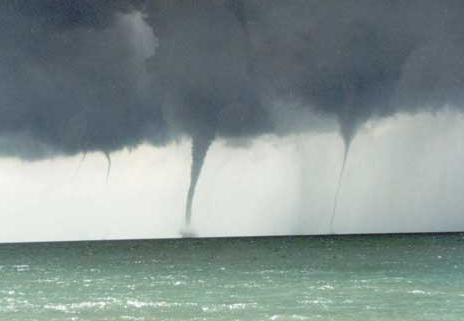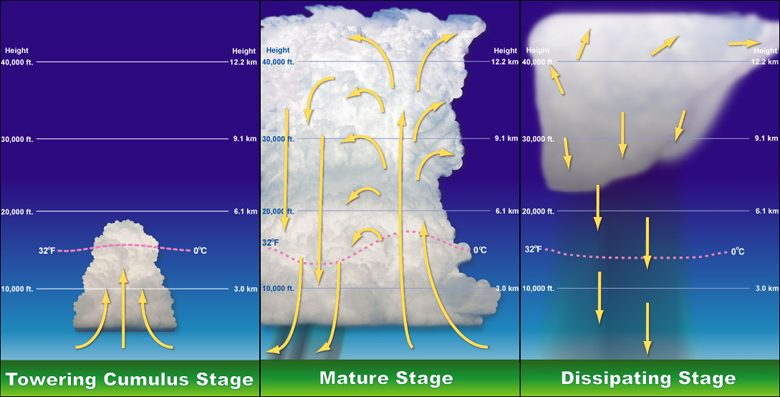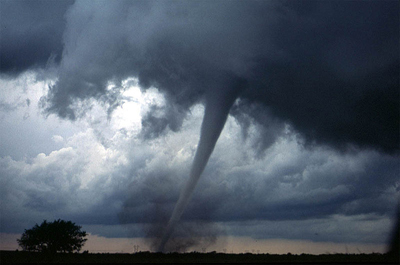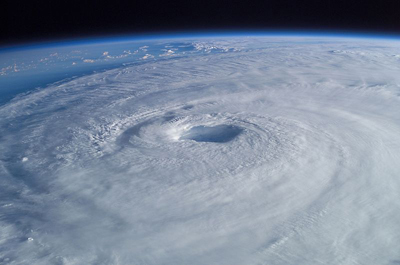The Formation of Storms

Storms are one of the most fascinating parts of the weather system. They form when air masses of different temperatures meet and clash with each other. Click through the tabs below to learn about some ways that storms form and about what happens when different air masses meet.
Thunderstorms

Tornadoes

A tornado is a violet rotating column of air over land. They can have wind speeds of over 300 miles per hour and occur everywhere on Earth. They form when storms have winds in different levels of the atmosphere blowing in different directions. When the winds line up in just the right way, they begin to spin like a top.
Hurricanes

A hurricane is a large storm system that produces strong winds and heavy rain. They form over water but may crash into land, often causing severe damage when they do so. They form over warm ocean waters in the summer and in the fall. As water evaporates from the warm oceans and then cools in the atmosphere, it gives off energy (called latent heat of condensation). Normally, winds dissipate this energy. If the winds do not dissipate this energy, the heat builds up and winds begin to blow in a circular fashion. They build up energy and move across the ocean with great force.